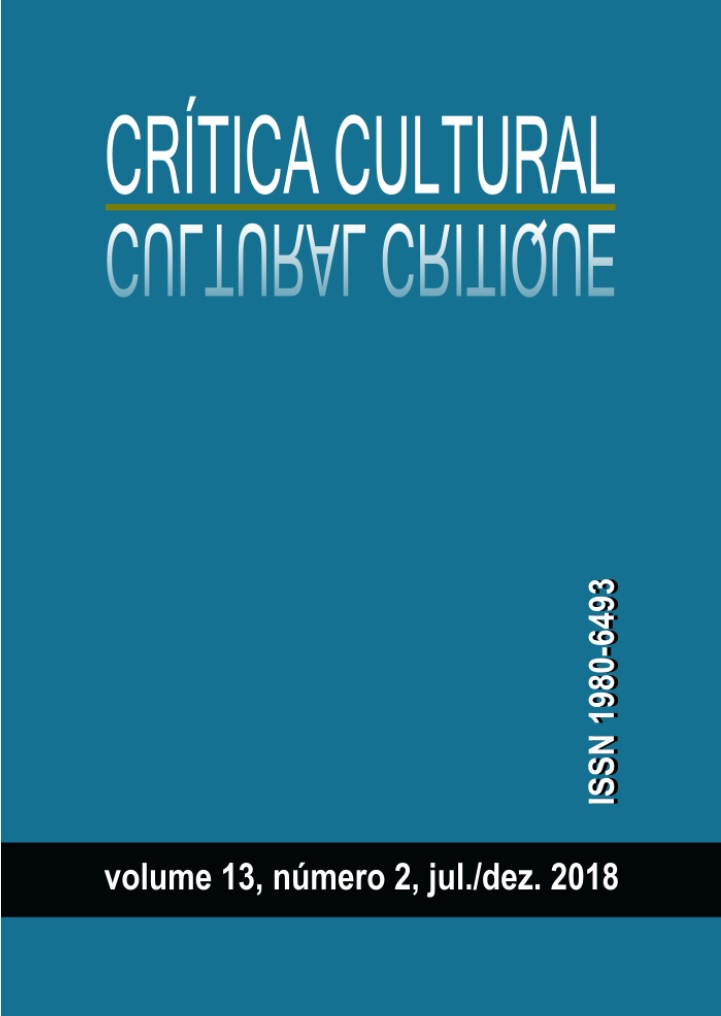"Between-place”: a post-colonizing notion, since the century XIX
DOI:
https://doi.org/10.19177/rcc.v13e22018219-231Keywords:
As vítimas-algozes. Quadros da escravidão. Joaquim Manuel de Macedo. Slavery. Between-place. Post-colonial.Abstract
Much of the writings on slavery in Brazil tend to ratify the black / white hierarchy by attributing to the former the power imposed by force and the latter by the submission that victimizes it. Making use of the notion of between-place (Santiago, 2000) I intend a reading of As vítimas-algozes. Quadros da escravidão (Macedo, 2006), pointing out that, even under the abolitionist white look of the author, there is a powerful figuration of the slave to fight against his condition of enslavement in the three narratives that make up the book – Simeão: o crioulo; Pai-Raiol: o feiticeiro and Lucinda: a mucama. In this reading, Joaquim Manuel de Macedo would create a colonialist counterreality in which the perversion of slavery launches masters and slaves in a game in which both play the role of victim-killers: masters aiming at enrichment by exploiting the 'race' and the enslaved seeking resist and fight back. For the author, black and black violence is not attributed to race as a biological characteristic, but to slavery that is "poisonous tree planted in Brazil by the early settlers." Thus, slavery as a political gesture can denaturalize violence, allowing the black fighting force to appear in the 'non-place', in the interval space that the title of the book itself exhibits.Downloads
Published
2018-12-17
Issue
Section
Dossiê “descolonizações: nas artes e entre culturas”
License

Revista Crítica Cultural de http://www.portaldeperiodicos.unisul.br/index.php/Critica_Cultural/index está licenciado com uma Licença Creative Commons - Atribuição 4.0 Internacional.


